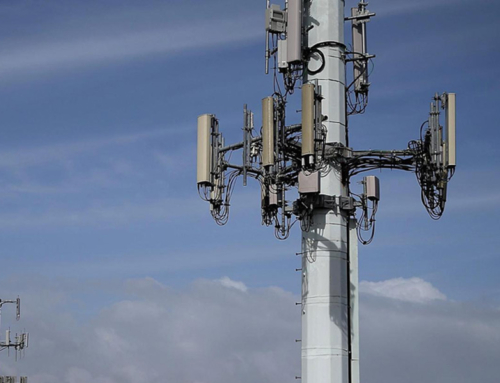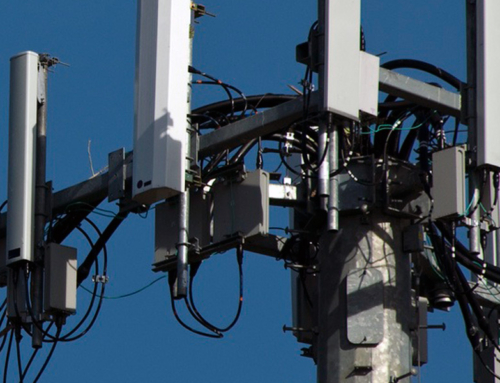In a previous post, we discussed Sprint Inc.’s Next Generation Network Initiative—a plan to overhaul its cellular network in an effort to cut expenses by $1 billion. The strategy centers around moving high-cost leased tower space from private property owners’ sites to less expensive government-owned locations.
Sprint CEO Marcelo Claure has been vocal about his desire to become the first- or second-rated wireless network in the United States—quite the goal considering Sprint is currently viewed as the weakest of the four major carriers. Sprint’s announcement that it will relocate towers and diminish dependency on AT&T’s and Verizon’s backhaul had industry insiders predicting a serious backlash. Network infrastructure revamps are major endeavors that typically result in service disruptions. In a world where we expect constant and reliable coverage, interruptions steer subscribers elsewhere. With consumer perceptions about Sprint already on shaky ground, this decision could be devastating to the company. Tower companies could also feel the impact as soon as June of 2016 when the process is said to start.
After rumors of Sprint’s plan to move away from macro sites surfaced, repercussions commenced. Following the report from Re/Code, Sprint’s stock lost almost one-third of its value, dropping to a 52-week low of $2.18 per share. American Tower, Crown Castle, and SBA Communications fell 3%, 6%, and 8% respectively. Though there’s been some rebound, investors are clearly concerned about Sprint’s future. Is their anxiety well founded?
Some wireless industry insiders think investor response is too brash, citing the fact that Sprint is in the midst of many long-term contracts with Crown Castle and American Tower. Such agreements would make swift abandonment of those macro sites difficult as, on average, between 7 to 8 years remain on the leases before Sprint can terminate.
It is also worth noting that Sprint technically still owns around 6,600 towers it sold to Crown Castle in 2007, and these towers are being subleased under a prepaid capitalized sublease agreement. So, while Sprint is seeking to develop mini-macros on government land and structures, it’s highly unlikely that relocation will occur en masse. In fact, because small cells are complementary and exist in tandem with macrocells (small cells augment highly localized data traffic and macros provide overarching coverage), it’s not a matter of replacing one for the other on an all-inclusive scale. Sprint itself has explained that all tower sites will be reevaluated, but moves impeding service quality will not be made.
Where are small cells most likely to be utilized to reduce the number of new collocations on existing towers? In urban and densely populated areas where it makes the most financial sense. Collocations on existing towers are too cost efficient in rural and sparsely populated locales to justify relocation. Because the cost of relocating from one site to another is considerable and zoning approval for new towers can be challenging, Sprint is not incentivized to completely abandon existing collocations in all settings.
What does all this mean for Sprint investors and current cell tower leaseholders? Without a magic crystal ball, it’s impossible to say for sure. A rapid mass migration is highly unlikely due to Sprint’s contractual obligations to tower companies, but that’s not to say that all leases are in the clear. Sprint will surely make use of government property as planned where it makes sense to do so. How those decisions may affect you and your lease as a current or potential cell site leaseholder depends on a variety of factors.
Because each and every cell tower lease is unique, it is wise to seek cell tower lease advisory services from experts. The Filo Group has many years of experience in the wireless industry, which informs their assessment of each leaseholder’s circumstances. Contact us today for a free consultation about how to preserve and maximize your lease income.








